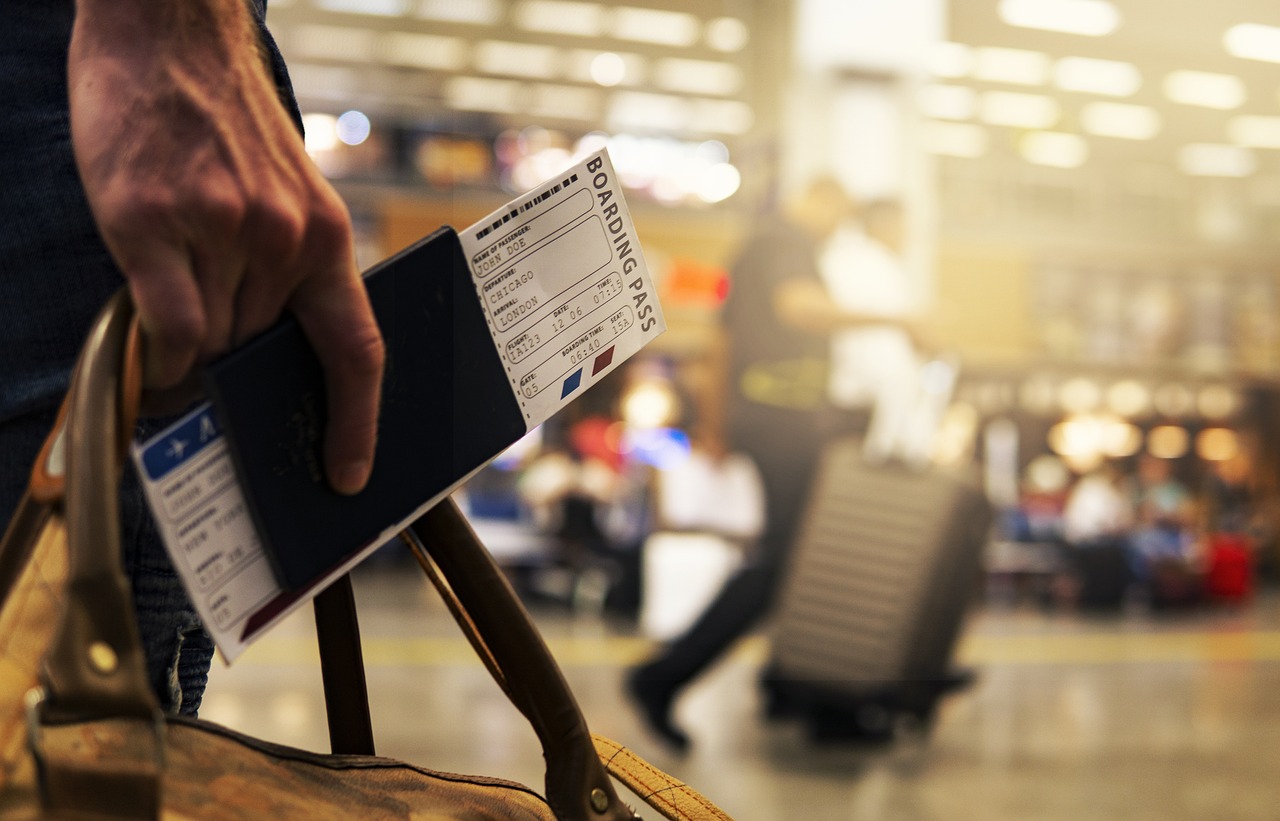Blog Posts
 January 10, 2025International Travel Safety
January 10, 2025International Travel SafetyBy: Dr. Ken and his Homeland Security Series
Ensuring the safety of citizens is the cornerstone of homeland security efforts. Since the majority of those citizens are domestically based, we typically think of homeland security efforts as those actions taken to protect citizens here at home. However, safeguarding citizens abroad is another important element of homeland security.
In this installment, we look at actions everyone should take when considering travel abroad, especially when traveling to unfamiliar locations or destinations. We’ll examine strategies for identifying potential threats, steps to take before you go, and some practices you should follow when traveling. These tips are especially important if you are planning any travel to locations with potential hazards for travelers.
Identifying the threat?
Currently the United States Department of State, lists 20 countries as do not travel and 22 countries as reconsider travel. To properly identify any potential threats, you should definitely “know before you go.” To find out if your chosen location has any travel advisories, visit the Department of State travel advisories page. Travelers should always verify to see if the State Department lists any high threat levels.
As with living in your own town or neighborhood, you must be able to identify any potential threats you may face. Like knowing which parts of town to avoid, you should also consider researching anywhere you plan to travel to help identify possible areas or situations to avoid. This is particularly important for any international travel you may have planned.
Once you’ve checked the United States Department of State web site to review any potential security concerns and researched your chosen locale, you should conduct a risk assessment and incorporate the assessment in your travel planning. Remember that these threats are not only limited to potential terrorist activity or insurrections. Your risk assessment should incorporate criminal activity, potential health risks, or potential natural disasters.
What's the next step?
Once you’ve done your research and conducted your risk assessment, your next step should be actual travel planning. Travel arrangements can be done yourself, through a reputable travel company, or even using AI—though the latter strategy has produced mixed results.
If your risk assessment of the location includes possible risks, we recommend putting your travels in the hands of experts. First, using a travel company can be valuable in that they are aware of any potential risks associated with the area to which you will be traveling. Second, many travel agencies have associations with major hotel chains that are known to be safe places for tourists in unfamiliar locations.
Once you’ve got an itinerary, your next step should be to ensure your personal safety during your travels including appropriate clothing for the climate and any cultural requirements or expectations. Consider your length of travel and take care of any needed actions such as paying bills, holding your mail, and other household actions needed to ensure you return home in safety and comfort. You will also need to address any medical needs. Do you have sufficient medication for your travel needs? Will there be any dietary restrictions to consider that you should plan for? You may also need additional vaccinations or other forms of medical compliance, so consult your doctor before any overseas travel.
You have arrived, what’s next?
It is important to plan for your first few days after arriving overseas. Depending on the duration of your travel, you may be jet-lagged or just simply exhausted. Since you may not be at your best upon arrival, it’s important to plan in some precautions and also familiarize yourself with some basic strategies for ensuring your safety.
During your travel arrangements, you should have identified hotels that provide shuttle service to and from the airport as the safest form of travel. Once you arrive at the hotel take a few minutes to familiarize yourself with the layout of the hotel. Once you are checked in, maintain awareness of your surroundings and do not announce your room number or room floor to others outside of your immediate travel party.
If traveling in areas that have elevated risks or simply find yourself in an unsafe situation, you should consider these additional items. While in the hotel and heading toward your room, if you suspect you are being followed or feel unsafe in any way, get off on a different floor and take another elevator to your assigned floor. Do not use the stairwell unless for emergencies. When sightseeing, move in groups or at least in pairs for added security. If traveling for pleasure use known sightseeing agencies or have your travel agency make the arrangements. You may even consider purchasing safety equipment. For example, there are numerous safety devices available online to help secure your hotel door to prevent brake ins. Before leaving your hotel room, use the peep hole to ensure the hallway is clear before opening your door.
The Bottom Line
The good news is that, even with numerous risks to consider, we do not need to fear travel. With a few simple safety tricks, you can have a safe travel experience free of trouble. In this blog, we recommended three actions to ensure safe travels abroad: identify potential threats, making safety considerations part of your travel plans, and some strategies for keeping yourself and your loved ones safe abroad. Finally, to play it safe while traveling, be sure to stay aware of your surroundings and use sound judgement if you suspect any possible safety threats.
Dr. Ken has over 29 years experience in the Unites States Army; holds Secret Security Clearance, has earned a Doctorate in Business and a Masters in Homeland Security, and is an unbelievable cook!
 January 15, 2025Leaders Communicating Effectively 2025
January 15, 2025Leaders Communicating Effectively 2025 January 22, 2025Ray Kroc and the Fast-Food Nation
January 22, 2025Ray Kroc and the Fast-Food Nation January 29, 2025Preparing Yourself for Leadership
January 29, 2025Preparing Yourself for Leadership.png) March 03, 2025MaxCampus-More than an LMS
March 03, 2025MaxCampus-More than an LMS March 18, 2025What is a Life Coach?
March 18, 2025What is a Life Coach?